If you fail to plan, you plan to fail.
Such were the words of Founding Father Benjamin Franklin, and there’s an inescapable truth to them.
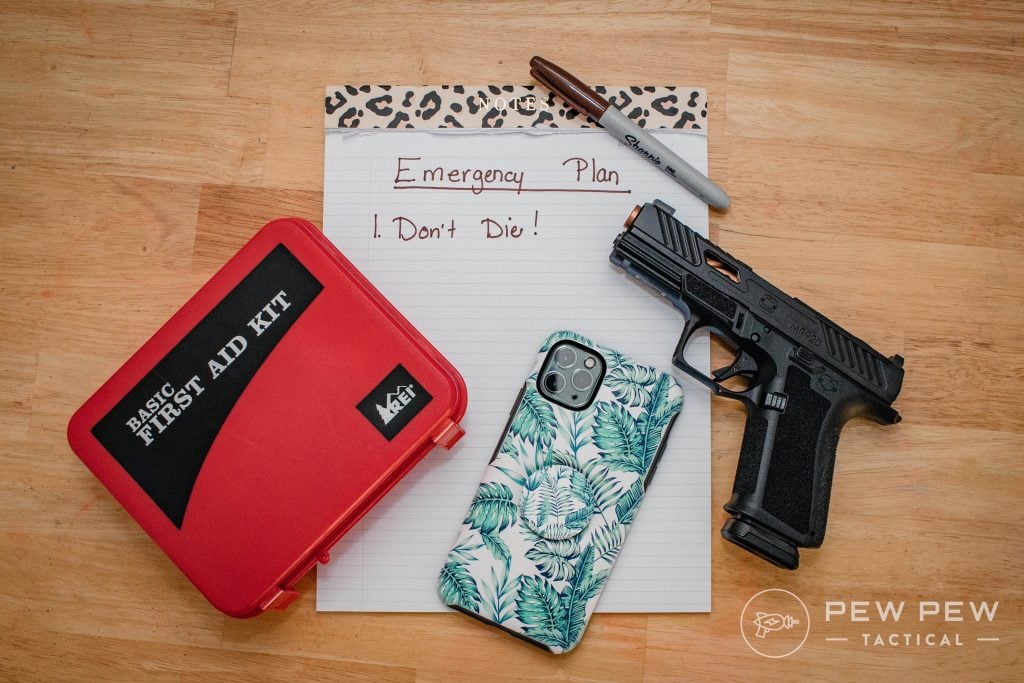
One doesn’t delve into building a house without first coming up with blueprints. To do otherwise would expose one’s self to a whole host of unexpected (and expected) problems.
Yet, it’s likely that we unwittingly do the same with our families when it comes to crafting some sort of family emergency plan.
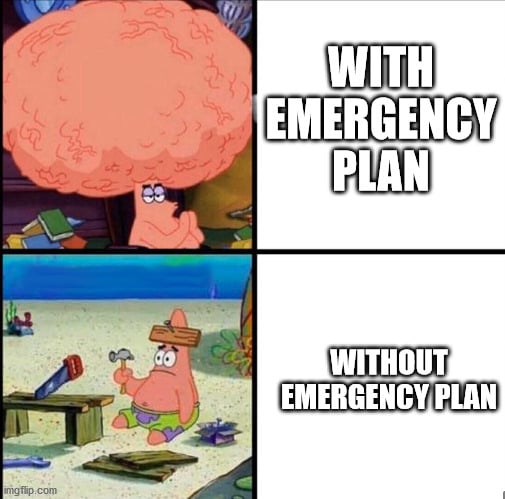
The fact of the matter is that we never know when disaster will strike.
It would be nice if something did have to happen, that we were to know about it ahead of time. And it would work much better if our entire family were also in the exact same place at the same time.
But perfection rarely happens here on earth.
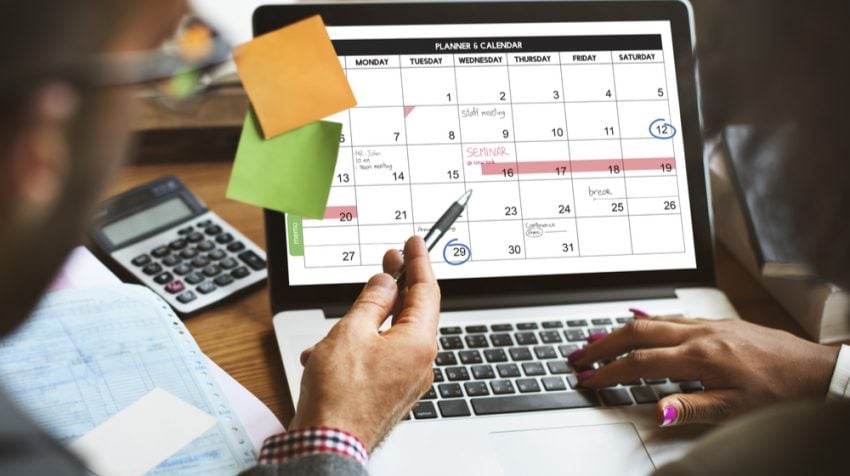
What’s more likely is that disaster will strike while you’re at work, your girlfriend is out of town with her sister, your little sister is at school, and your parents are running errands in town.
In such a case, the presence of some form of pre-arranged plan brings calm to the chaos and might save your life as well.
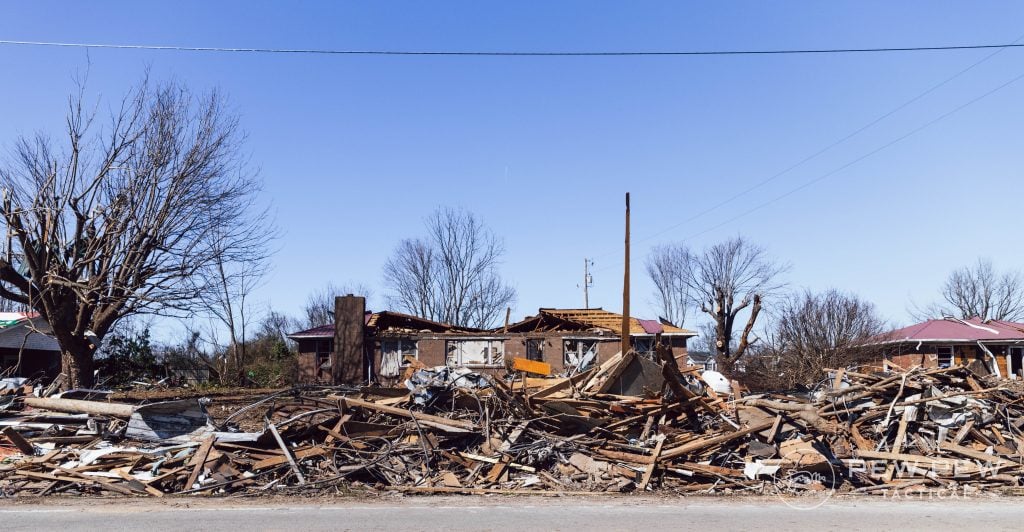
Past experience of mine only seems to justify such a statement.
Cars only break down when you’re late for a presentation. Tornados hit while you’re traveling in an unfamiliar city.
In college, fire alarms only went off when one was in the shower and it was 15-degrees outside. (Now that I think of it, that could have just been sadistic RA’s…).
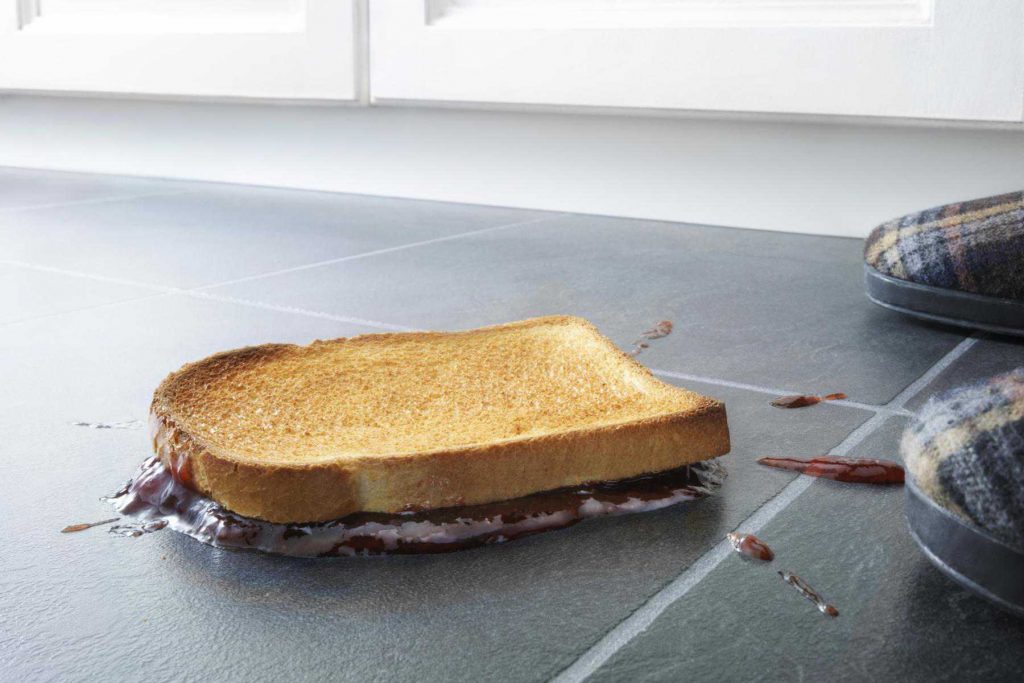
The fact is that Murphy’s Law exists.
It’s because of this that we need to do everything in our power to better mitigate our disaster risk — to lessen our chances of chaos.

And one of the best ways that we can do such is through the crafting of a family emergency plan.
So let’s take a closer look at some things that we can do to improve our disaster resiliency.
Steps to Create a Family Emergency Plan
1. Set Up Emergency Rally Points
This is an incredibly easy part of a family emergency plan to implement. Humans are creatures of habit, and your family is no different.

If you look at your own life, there are places that you occupy routinely throughout the week. Perhaps that’s work, school, or church.
Let’s say that an active shooter event takes place at one of those locations. You’re at that location with your family, but they’re not at your side.
Discussing the importance of a rally point prior to such an event can easily save you a whole lot of anxiety and heartache in the aftermath.
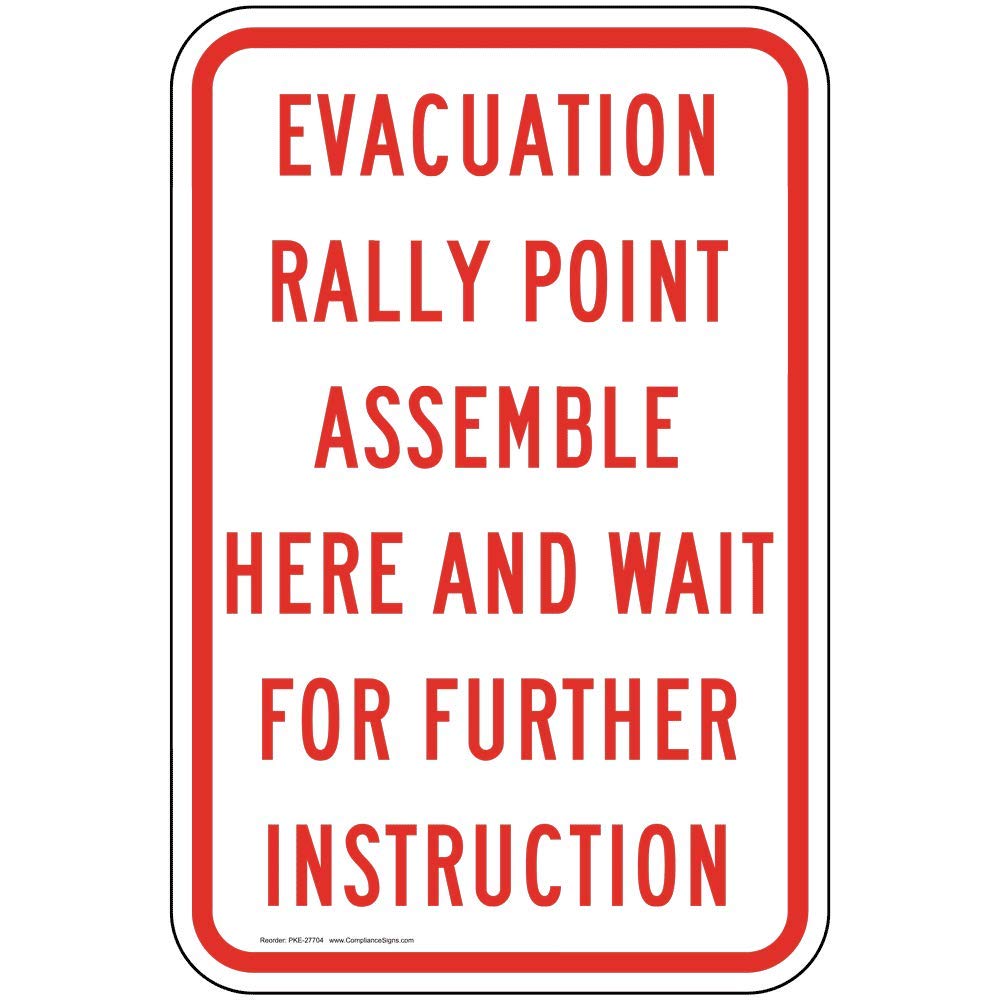
Your entire family will then know exactly where to go (when possible). So, you’re not all wandering around the building in tears looking for each other imagining the worst.
At one place my family frequents, we all know to meet at a very notable tree a safe distance away. The location is easy to access and isnt a location a bad guy would head to. It puts us out of harm’s way.
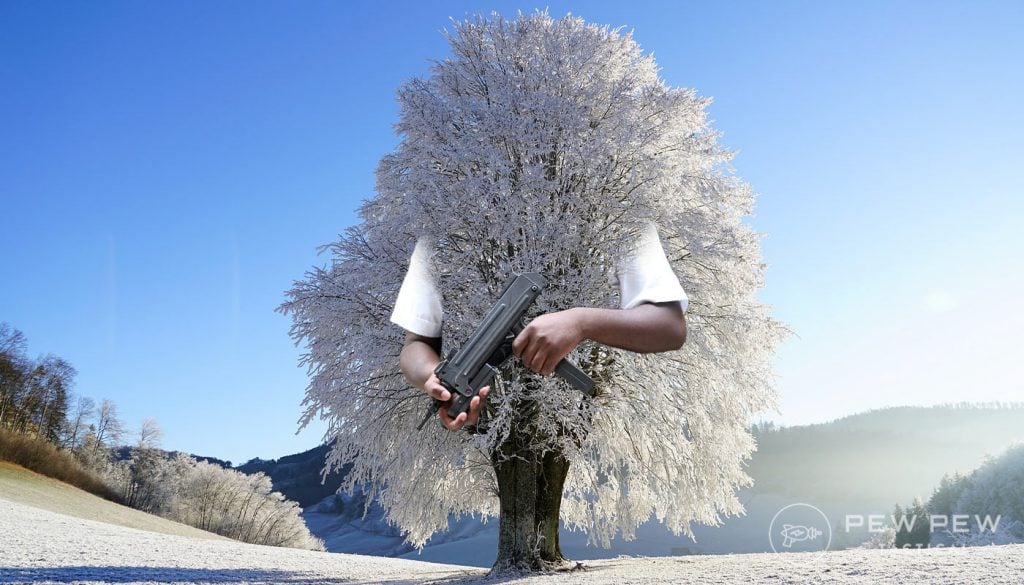
You may want to consider the same with your family.
“But what if the doo-doo hits the fan while I’m a long way away from my family? What do I do if something serious – like an EMP – hits while my son is at college four hours away? ”
That’s a valid question, and it brings me to my next point…
2. Ready Your Cars With Vehicle Gear Kits
Compared to the rest of human history, mankind is now the most mobile that he has ever been. We are constantly on the move.
As a result, we are more likely than ever before to be far away from home when disaster strikes.
It’s because of this that I insist on every vehicle I own having a “breakdown box” inside of it.
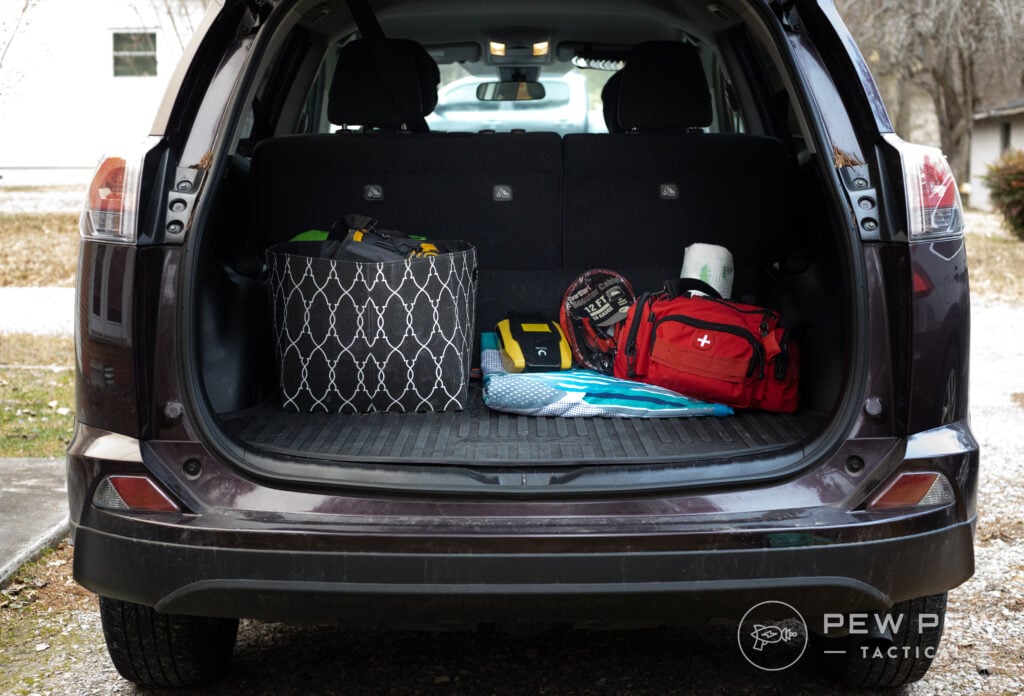
What’s that?
Basically it’s just a Tupperware box I picked up at my local Walmart. I filled it up with gear I may need in the event of engine trouble or disaster.
It all easily stows in the trunk or middle console where it can be left and forgotten about till needed.
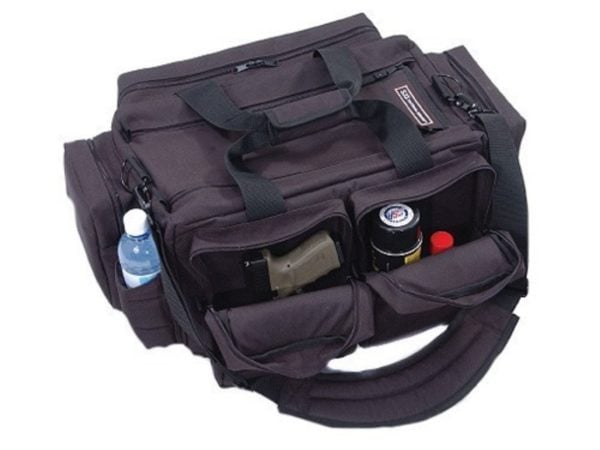
I’ve found myself cracking into this thing for something I need more often than I ever thought.
Life happens, and it’s nice to have the necessary tools and equipment readily at hand for when it does.
Within this box, I stow emergency blankets, ponchos, hand warmers, duct tape, a knife, paracord, and a host of other goods to help me survive the night stranded on the side of an abandoned highway.
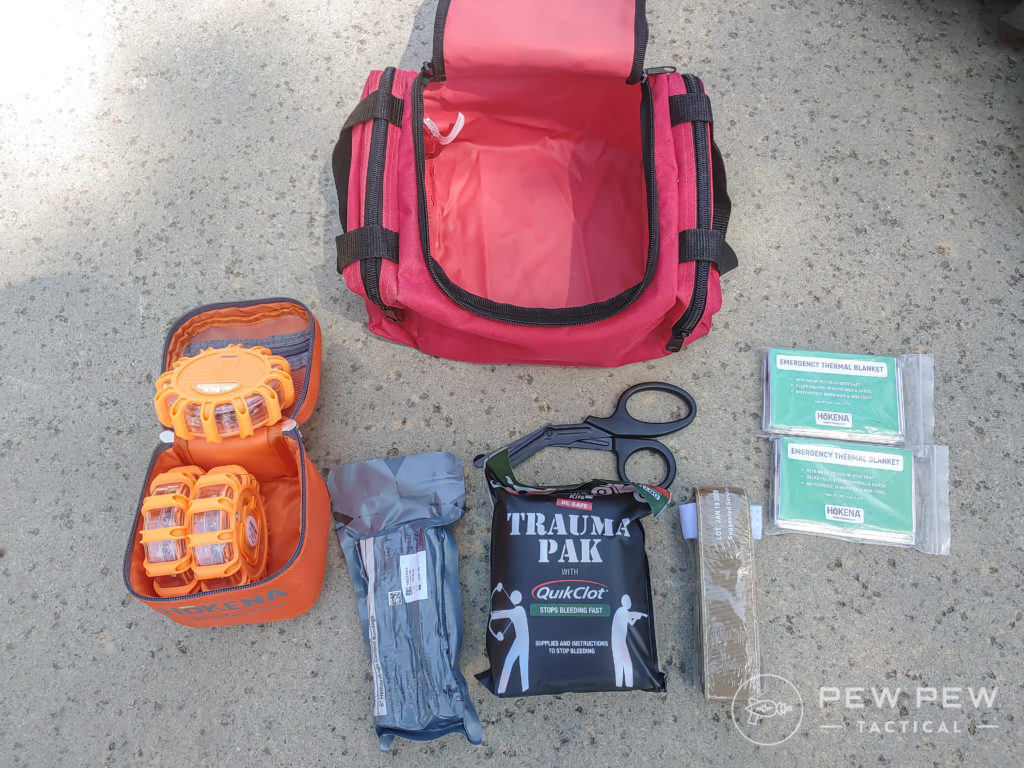
These boxes need to be a part of your emergency plan. Think of this as a very strategic caching of supplies.
Boxes like these ensure that family members have a supply cache they can easily turn to in the event of a disaster.
Need inspo? Check out our article on must have survival gear for your car!
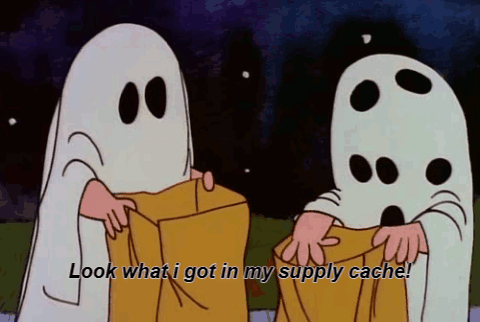
However, sometimes gear alone is not enough. Sometimes it’s knowledge that keeps us safe.
That brings me to my next point…
3. Invest in Emergency Comms Gear
One of the first things that pops into someone’s head after a disaster is a desire to know that friends and family are alive and well.
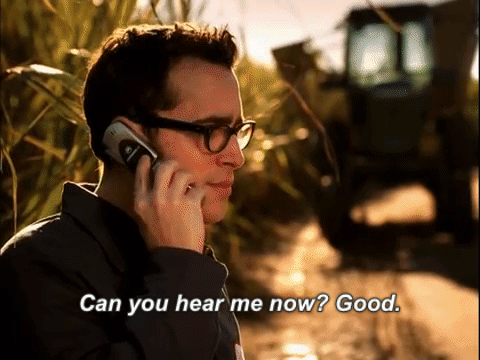
Not having this knowledge – uncertainty in this particular realm – is mental torture.
Imagine three days of not knowing whether or not your brother is alive after a terrorist attack rocks your city.
If you’ve ever spoken to somebody who lost a loved one in the Twin Towers, they’ll confirm those following days of uncertainty were absolute havoc.
You need to know that your family is ok and they need to know the same about you.
One of the ways that you can help this is via emergency communications gear.
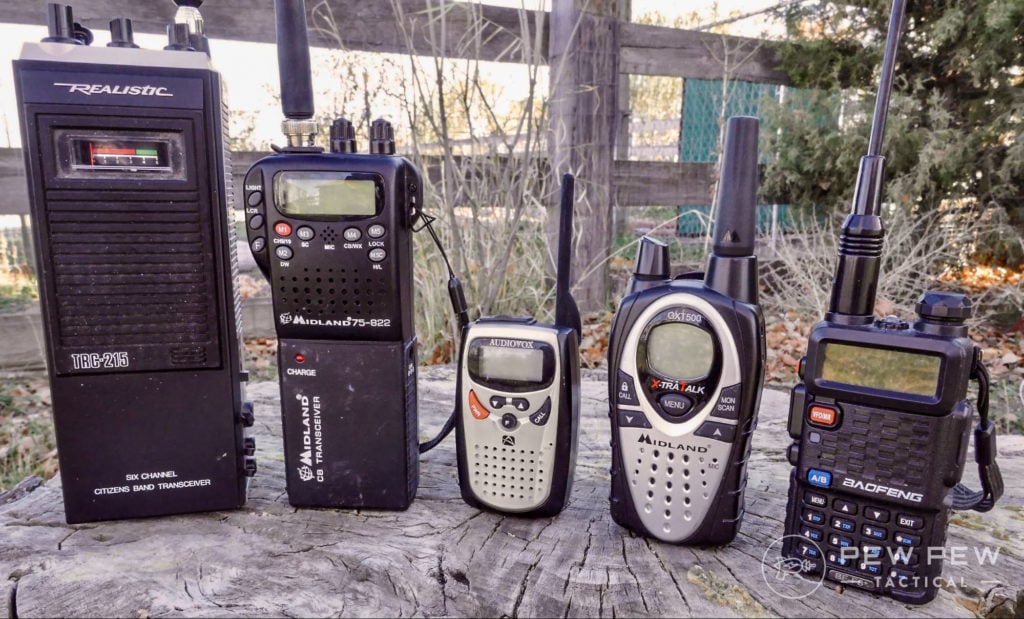
Just like with other aspects of disaster mitigation, redundancy is key.
There’s an old saying within the prepper community that goes, “One is none, and two is one.” Why?
Because Murphy’s Law and entropy exist. Crap happens, and you need to have an alternative way to deal with things when your primary method breaks.
Thankfully, there are a number of great alternatives which we can turn to for such. Let’s look at a few of them…
The Red Cross Emergency! App
While there are other options out there, I find the Red Cross Emergency app to be the easiest option. Let’s say a tornado, hurricane, or deadly riot sweeps through your area.
If you and the rest of the people you care about have all downloaded this app, you can easily mark yourself as “safe.”
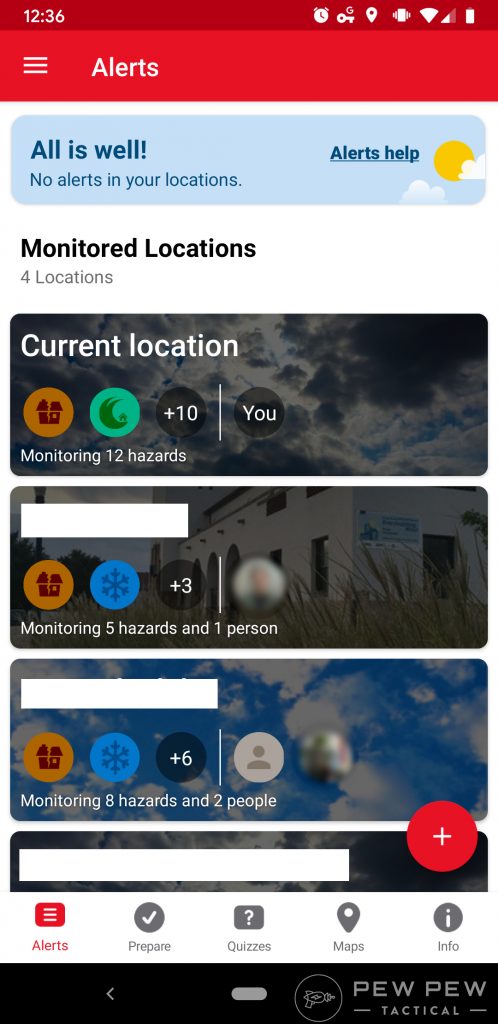
All of those who follow your profile will get a notification of your status via email, text, and social media.
True, one could just as well send a message through each of these venues separately. But I find that having everything as a “one-stop-shop” is incredibly convenient.
And let’s face it, convenience truly does matter.
If there’s one thing behavioral economics has taught us, it’s that when something is convenient, we’re more likely to participate.

The same applies with post-disaster comms. Right after the crap hits the fan, you’ll have a lot on your plate to take care of.

The last thing you need is to worry about every single person you love being notified that you’re alright.
The Red Cross app takes that entire load off your shoulders with the click of a button.
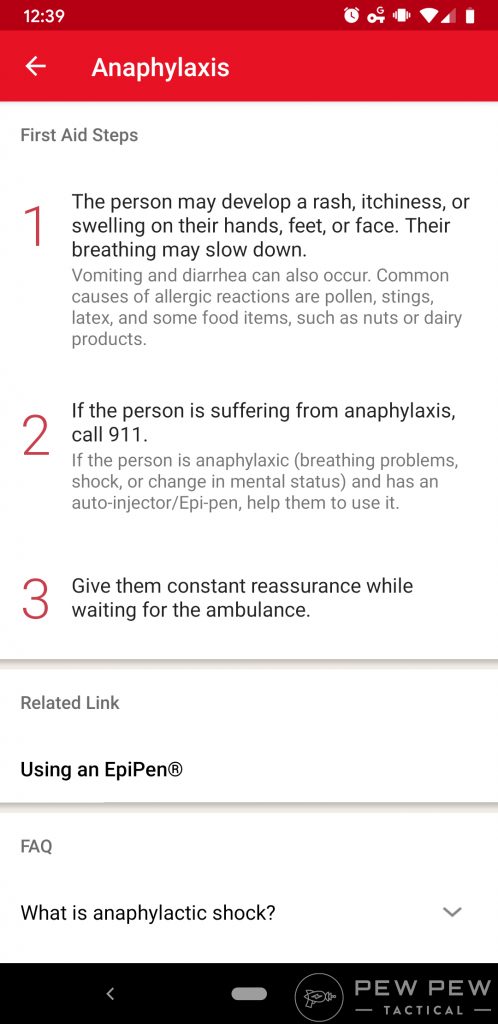
This not only saves you hassle, but it saves you time as well. And post-disaster, time can make all the difference.
HAM Radio
While virtually everyone has a smartphone on their person 24/7, it’s incredibly likely that a disaster will disrupt cell service.
This could be due to the destruction of cell towers themselves, overloaded phone lines, loss of phone battery, the loss of a phone, or more.
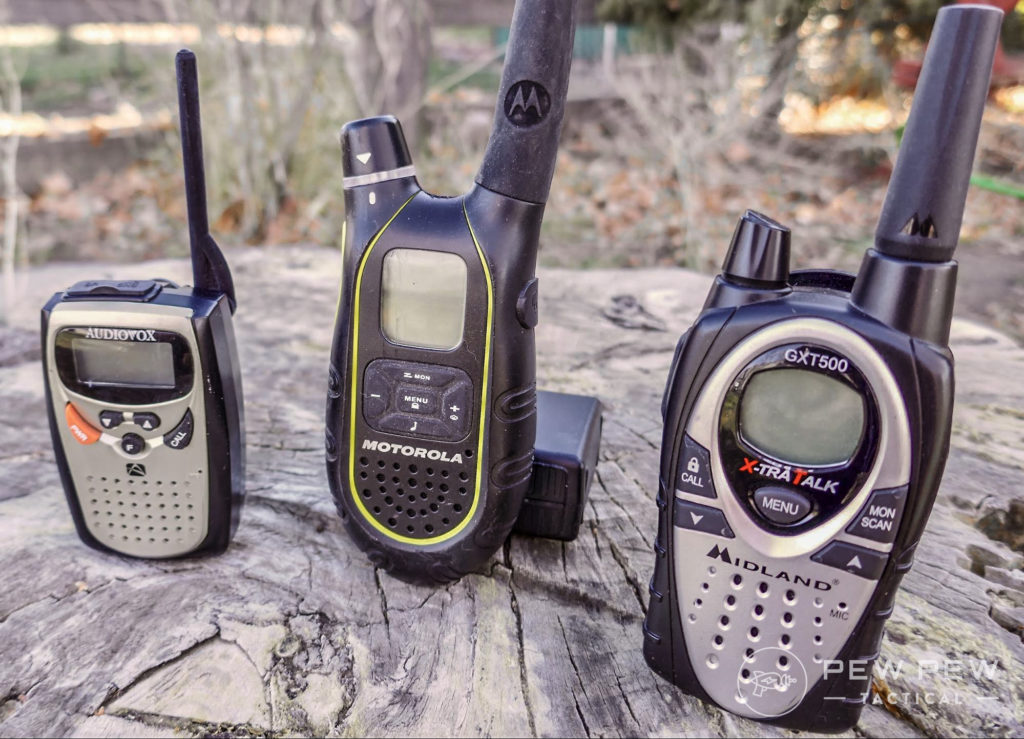
I’ve written pretty extensively about the benefits of HAM radio in a disaster situation in the past. I’ll continue to advocate for it here.
Why?
Because it works.
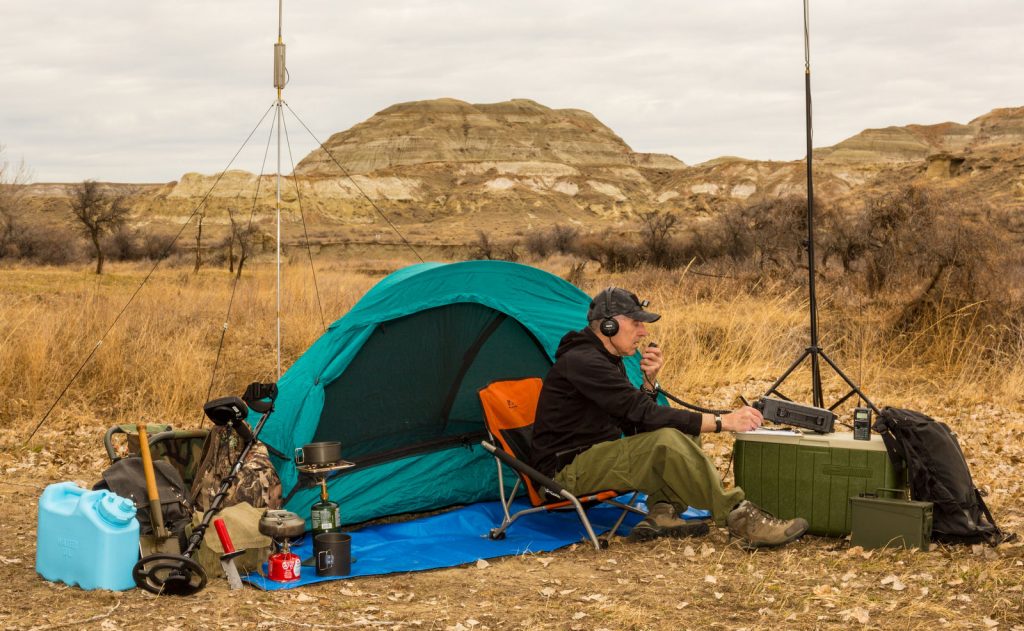
HAM radio is quite simply the most reliable means of long-distance communications that you will have in a disaster scenario.
There’s a reason Army snipers carry radios with them out into the field.
If you’re stuck in the middle of nowhere with no other means of communication around, you need some method of transmitting life-saving information.
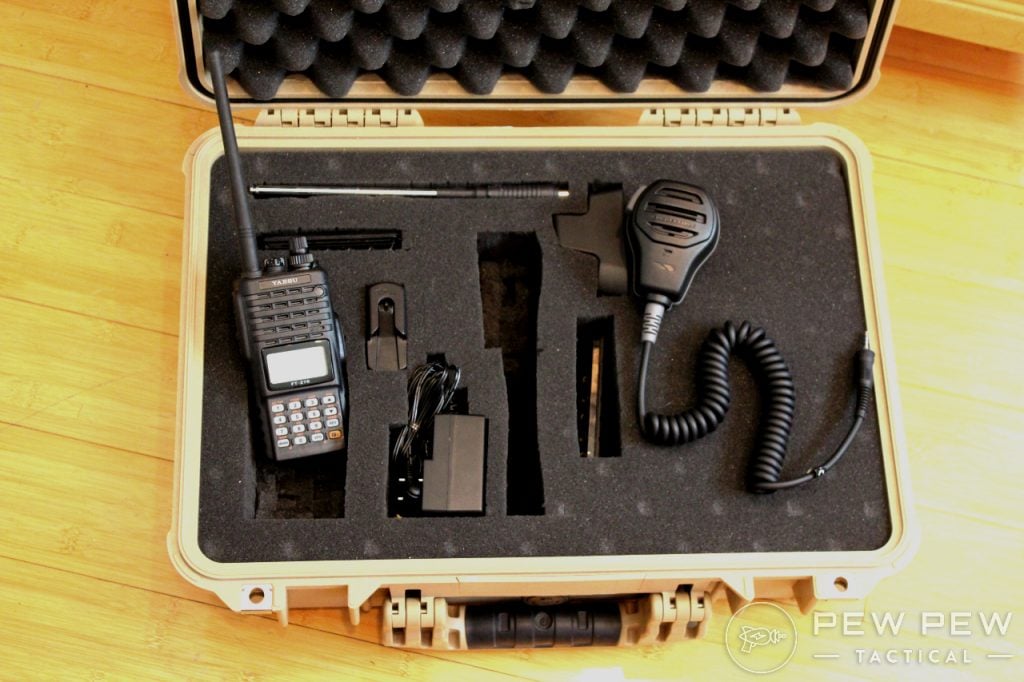
While licensure is required by law to transmit via HAM frequencies, there is a wide berth of study materials available on the market today.
With a week’s worth of studying and around $20, you can easily end up with your HAM license. Add another $50 or so, and you could very easily end up on the air.
In the event power goes out, cell service is unavailable, or your phone breaks, HAM radio is going to be your best bet to communicate with family.
-
25% off all OAKLEY products - OAKLEY25
Copied! Visit Merchant
I highly recommend doing what it takes to get yourself set up in this area.
4. Organize Alternate Routes Home
Prior to the lockdowns of 2020, there were a lot of rumors floating about. We knew a lockdown was coming (isn’t the grapevine a wonderful thing), but nobody knew what a lockdown meant.
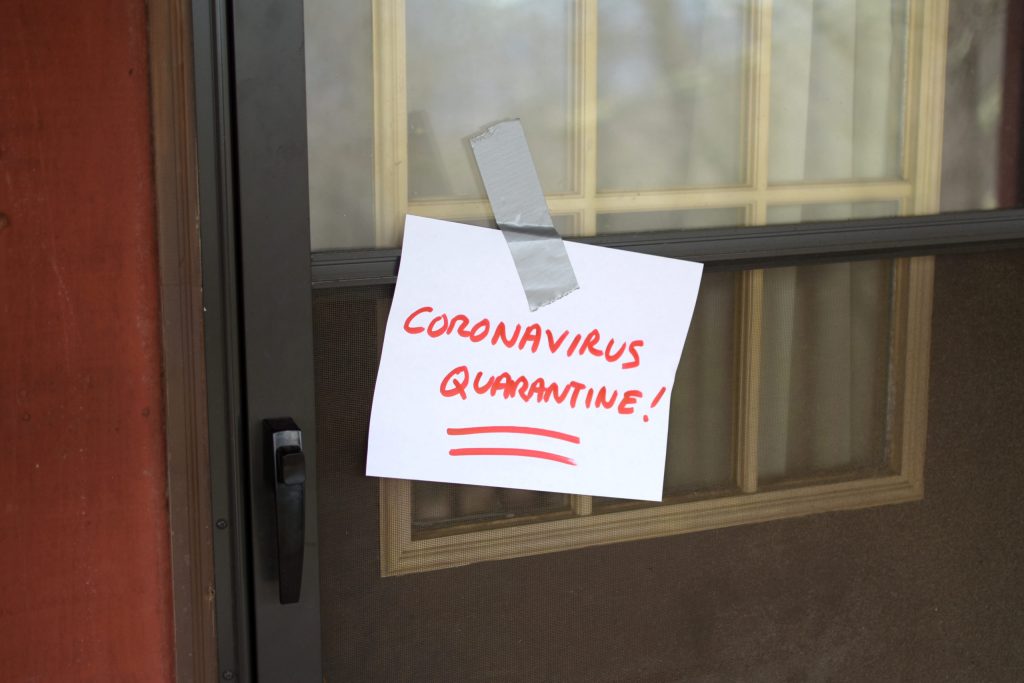
Did that mean the National Guard was going to start blocking off roads? Were cops going to arrest people out in public? Would my area even enforce such mandates?
With all this uncertainty, I wasn’t sure whether a mandate would take effect while I was at work.
As a result, I looked at alternate routes to get home should my primary road be blocked.
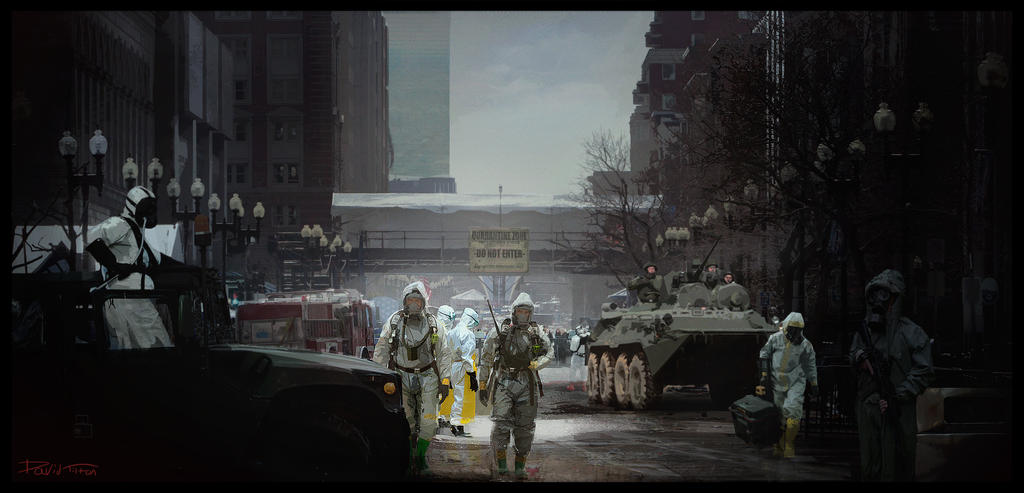
I always keep maps in my vehicles.
I like backpacking, and long ago learned to not rely on GPS. So, I made some copies of the sections immediately surrounding my home.
I then highlighted three alternate routes from work to home and placed these within each vehicle’s glove box.

I made sure family members knew about the presence of these maps.
Should something happen (lockdown, flood, etc.), they can easily grab a map and find a quick way home.
I also purposefully made these alternate routes very out of the way as well.
True, most of us already have a few alternate routes to our home memorized. But there are often other options we haven’t considered.

These maps took incredibly obscure country roads to get back to our homes that one would never typically take. As a result, they’re the least likely to end up being blocked.
For what it’s worth, I color-coded the routes as well with a green, yellow, and orange highlighter. Green is the primary alternate route, then yellow, then orange.
Not only does this allow me to speedily make it back home with minimal disruption in an otherwise confusing event, but it allows my family to as well.
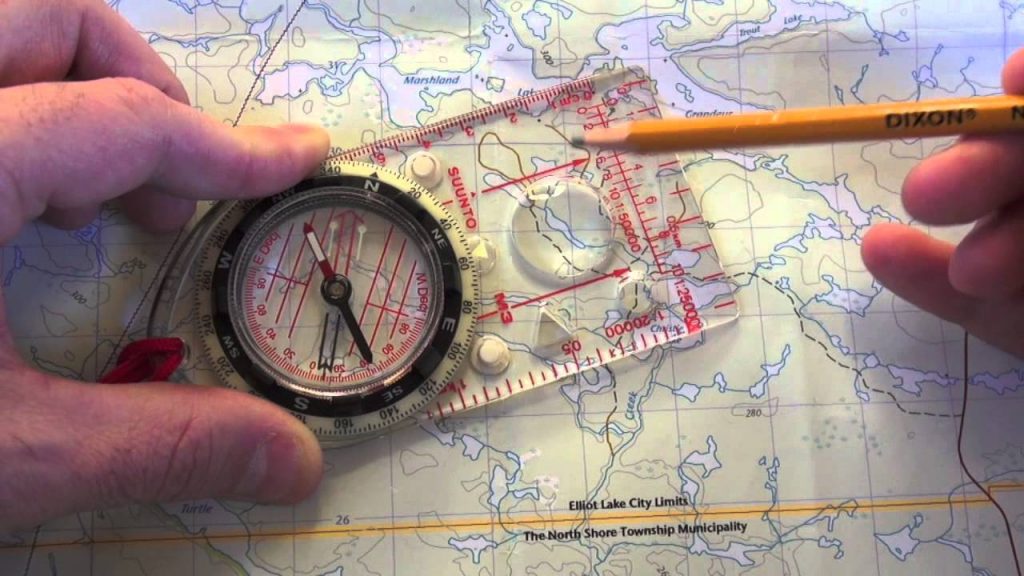
Should you have a retreat out in the mountains somewhere or some other place where you would likely seek shelter (e.g. a family member’s), you may want to consider making alternate route cards to these locations as well.
This somewhat goes hand-in-hand with the vehicle kit that we’d talked about above.
5. Keep a BOB at the Ready
You never know when disaster is going to strike and you have to leave your home in a hurry.
A chemical spill, volcanic eruption, nuclear malfunction, angry rioters have all forced people to leave their homes in a hurry.
It is very dangerous to go through life believing that you are the exception.
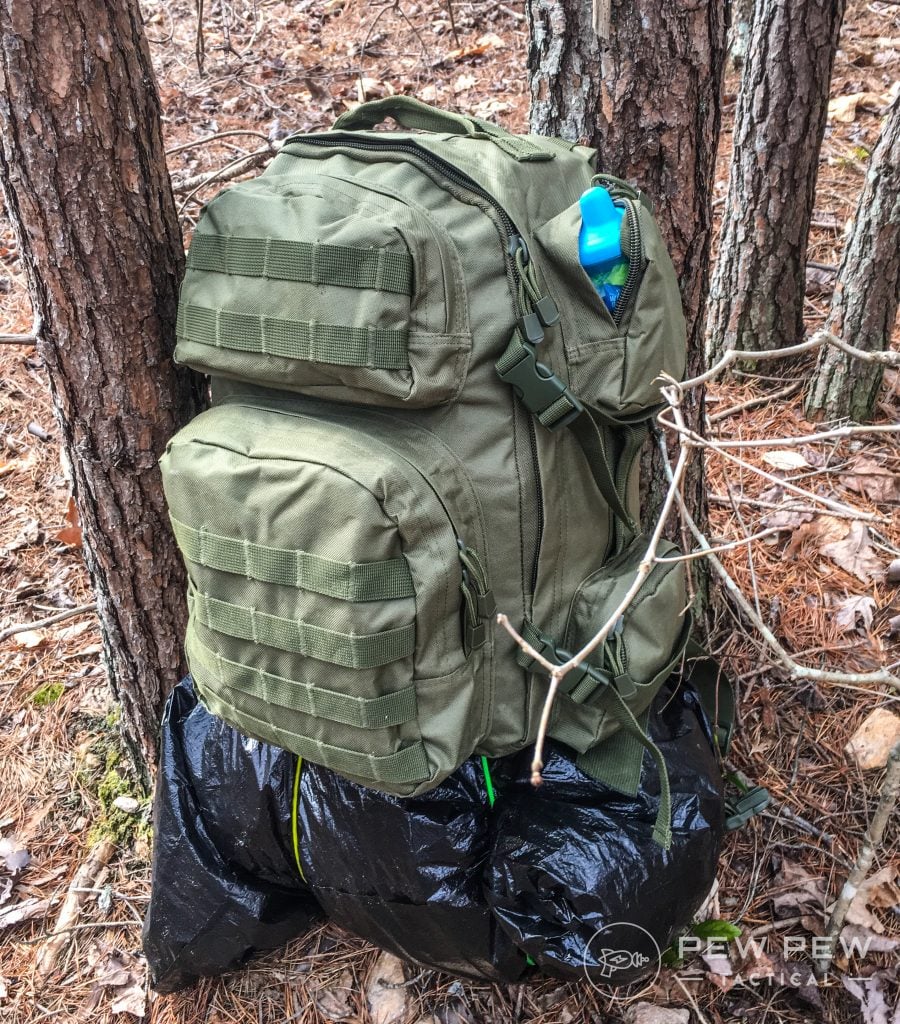
As such, you need a bug-out bag in your home within easy access. This bag should contain everything your family needs to survive.
Don’t know where to start? Thankfully, we’ve taken the guesswork out — check it out!)
Everyone in your family should know where this bag is. It should also be easily accessible (hint: not in your attic). Not to mention, it should be light enough for every adult member of your family to carry.
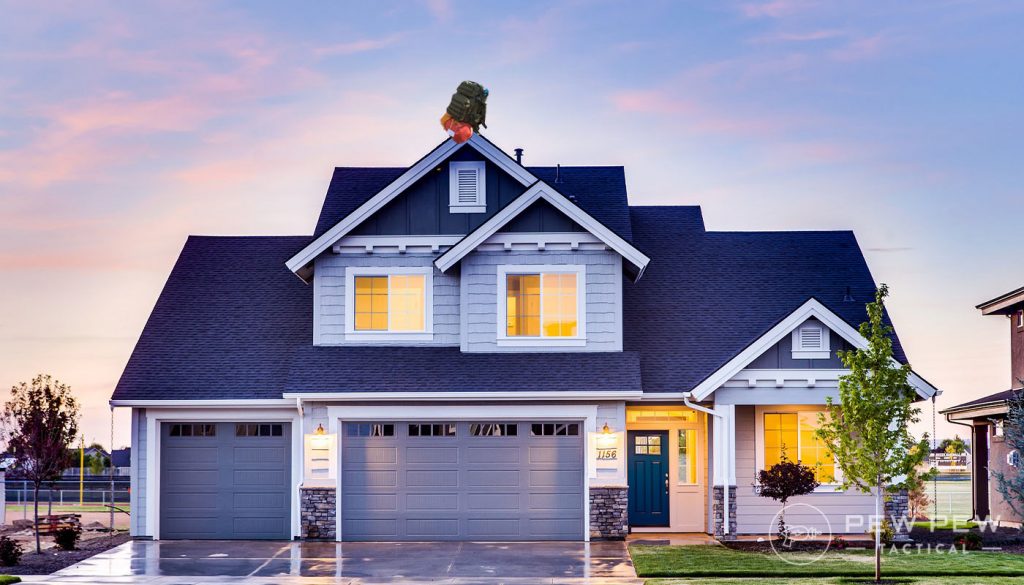
This is a very fun project that will save you a lot of heartache (and potentially your life) should you have to leave in a hurry.
You can find all kinds of lists out there advocating for what you should and shouldn’t pack within this bag. But the main thing to remember is that you need to keep it light enough to maneuver.
You’re going to end up constantly upgrading this thing with better gear, but you always have to watch the weight.
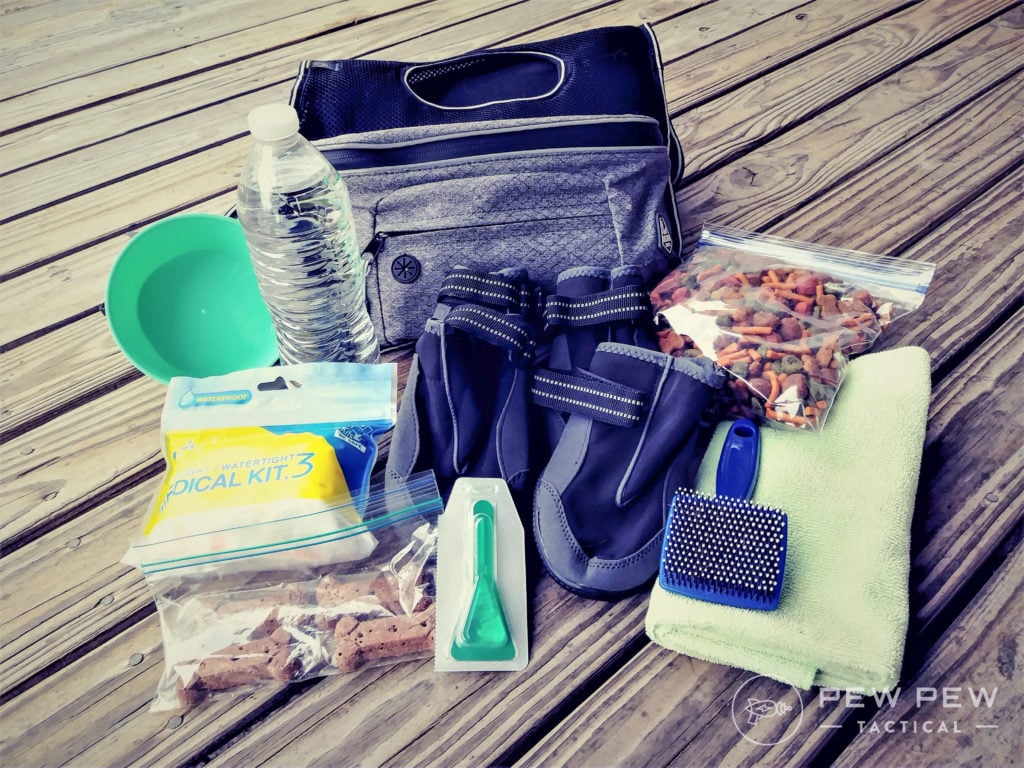
Personally, I’ve found that anything above 30-pounds for a BOB quickly grows into an expedition pack. Most people can’t carry a 30-pound pack any respectable distance. Even fewer can carry that load and move fast.
Given that the reason for a BOB in the first place is to escape from a dangerous situation quickly, it makes sense to watch the weight.
And if you have kids, well there are some extra items you might want to pack. Definitely check out our how-to article on that!
6. Everybody Carries a Knife. Always.
Back in the day when Ziva and Tony were still on NCIS (ahhh, those were the days) Agent Gibbs could routinely be heard touting Rule 9: Always Carry a Knife.
Those in your family would be wise to heed this advice.
There is simply no reason why a knife should not be a part of your every-day carry kit. It has too many uses to not.
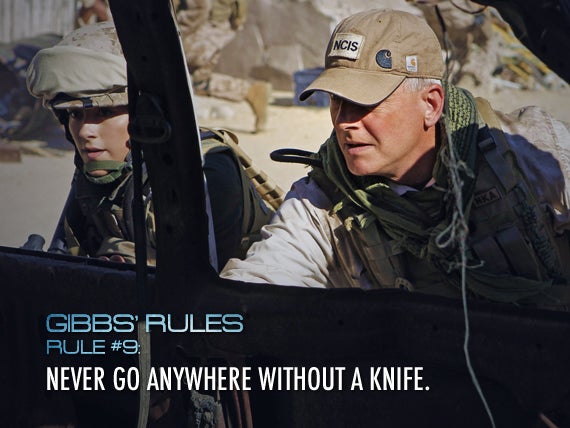
Obviously, you have to be careful with local laws when it comes to what and where both you and your family carry (e.g. kids in school with knives will likely be arrested).
But in places where you can do so without consequence, there is simply no reason not to carry one.
Did you know that statistics show that those who use a knife to fight off a potential rapist are successful in their defense 99% of the time?
You improve your chances of escape if you either run or fight with your fist. But the best odds are for those with either a knife or a firearm, according to Safe: How to Protect Yourself, Your Family, and Your Home.

Aside from the self-defense aspects, a knife may save your life in other ways.
There are countless stories of people using a knife to cut a locked seatbelt as their car sinks in a lake.
I personally have a relative that used one to cut himself out of his car before it incinerated him. The engine was on fire, and the entire car was soon engulfed in flames.
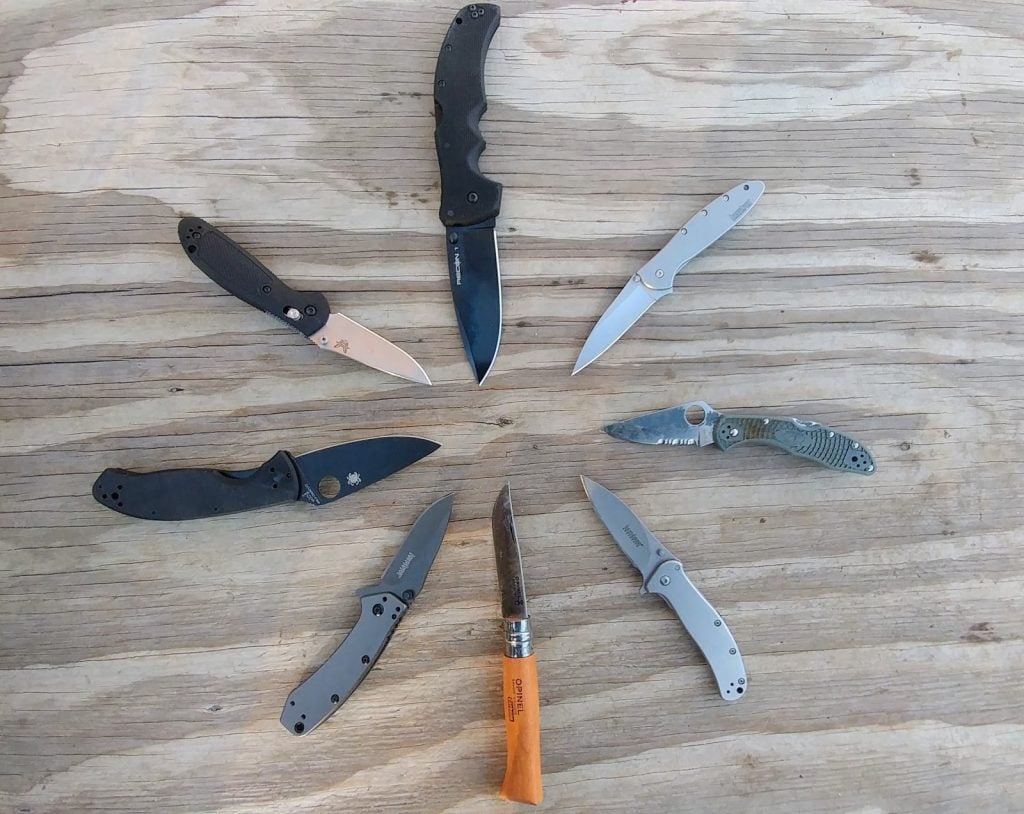
You quite simply never know when you’ll need one, and as such, you should always carry one.
If you’re looking at picking one up for each member of your family, I highly recommend checking out our review of some of the Best EDC knives.
7. Create a Danger Word
Another thing that every member of your family should always “carry” on their person is an incognito means of letting you know that something is wrong.
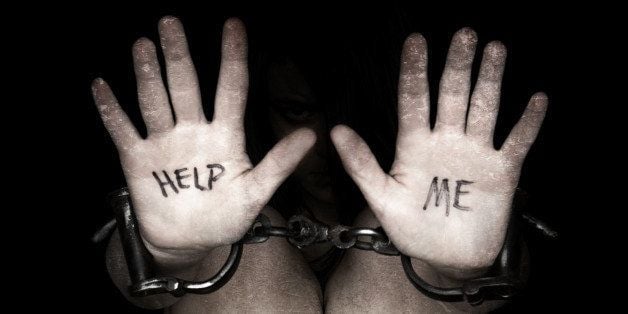
This is absolutely huge and incredibly easy to implement.
Nobody wants their family members to end up in a physically abusive relationship, kidnapped, at a party gone south, etc. Yet such happens to people throughout the world on a daily basis.
In such a case, it can very quickly prove dangerous to get on the phone with an explicit call for help.
Imagine an abusive boyfriend finding your little sister’s text asking you for help. Such scenarios do not end well.

One of the best ways to fight against these “silent” threats is through a pre-arranged danger word. This is either a key phrase or word that is completely inconspicuous but alerts somebody else that you are in trouble.
Messaging “Hey, you have a dentist appointment tomorrow, right?”…It’s virtually impossible that anybody else will ever decipher the message to know that that’s your call for help.
This message would signify that you’re in a very bad situation and that you need help being removed from it.
It’s also important that the person receiving the message plays along. If you act shocked and concerned all of a sudden, you’ll end up conveying a message – wittingly or not – that could easily end up with your loved one hurt.

I also have to stress the importance of making this phrase or word as inconspicuous as possible.
If you randomly text somebody “biscuits and waffles”, an overseer could very easily deduce that something is up.
Find something that works for your family, and then ensure that everybody knows what it is.
8. Learn Basic Survival Skills as a Family
Knowledge is power. If there’s one thing that Schoolhouse Rock got correct, it’s that.
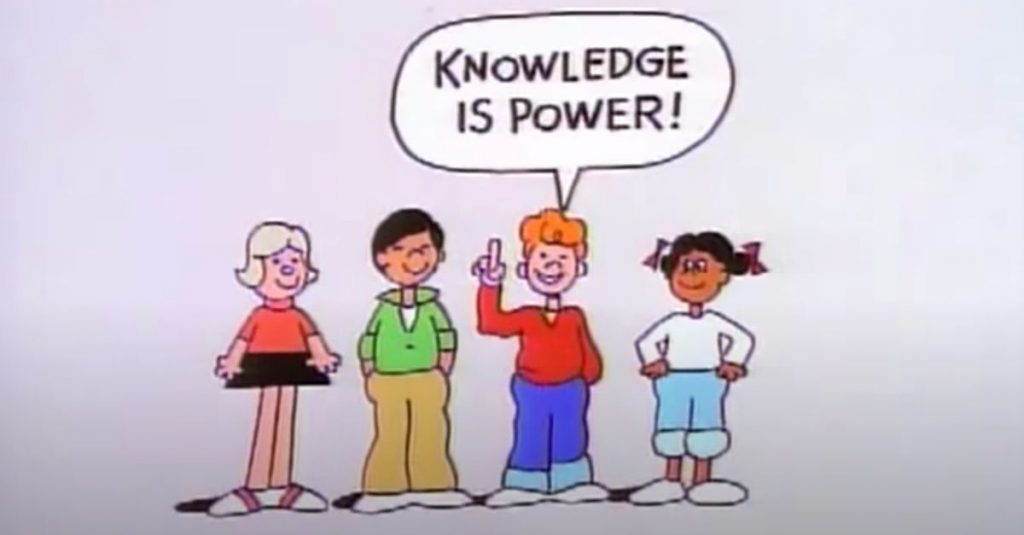
Understanding what to do in a particular situation could easily save somebody’s life, but this requires prior planning and study.
While there are undoubtedly more skills that would be good for an individual to know, I think that at a bare minimum every member of your family should know how to do the following:
- Fight a Fire
- Do CPR
- Camp
- Swim
- Fight Hand-to-Hand
- Shoot
- Apply a Tourniquet
- Perform Basic First Aid
- Perform the Heimlich
While many of these tasks can be self-taught, I’ve found that family members are much more receptive to the idea of learning if it’s gifted to them.

For example, teaching my wife how to shoot only ends up with her wanting to use me as the target.
On the other hand, if I hire a professional to give a private lesson to her and one of her close friends, I’ve now turned it into a fun gift.
I personally like getting to make these kinds of offers – they’re truly a win-win.

9. Save a Written Plan on Smartphones
Perhaps your family is not too keen on the idea of your having a disaster plan. They think that it makes you look crazy – that you’ve gone off the deep end.
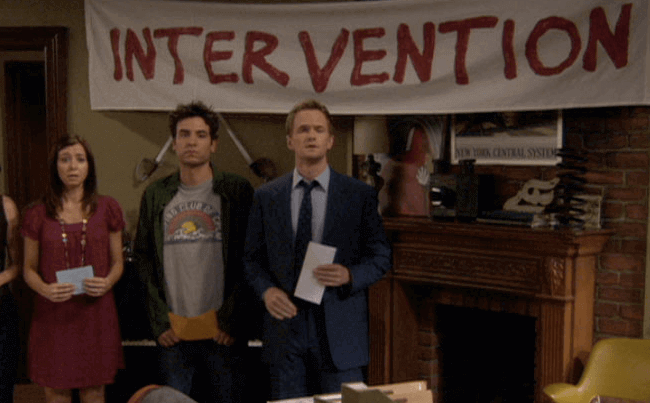
While I most certainly think just about anything can be taken too far, there are most certainly ways to ensure that your family will know what the plan is…should they not want to actually participate in a discussion on the subject.
I’ve found that one of the easiest ways to do this is through Evernote.
This is a note-taking app that will allow you to create a detailed family emergency plan. You can then send it to the phones of other family members.
Provided they also have Evernote, that plan can then safely and quietly reside there until it is needed.
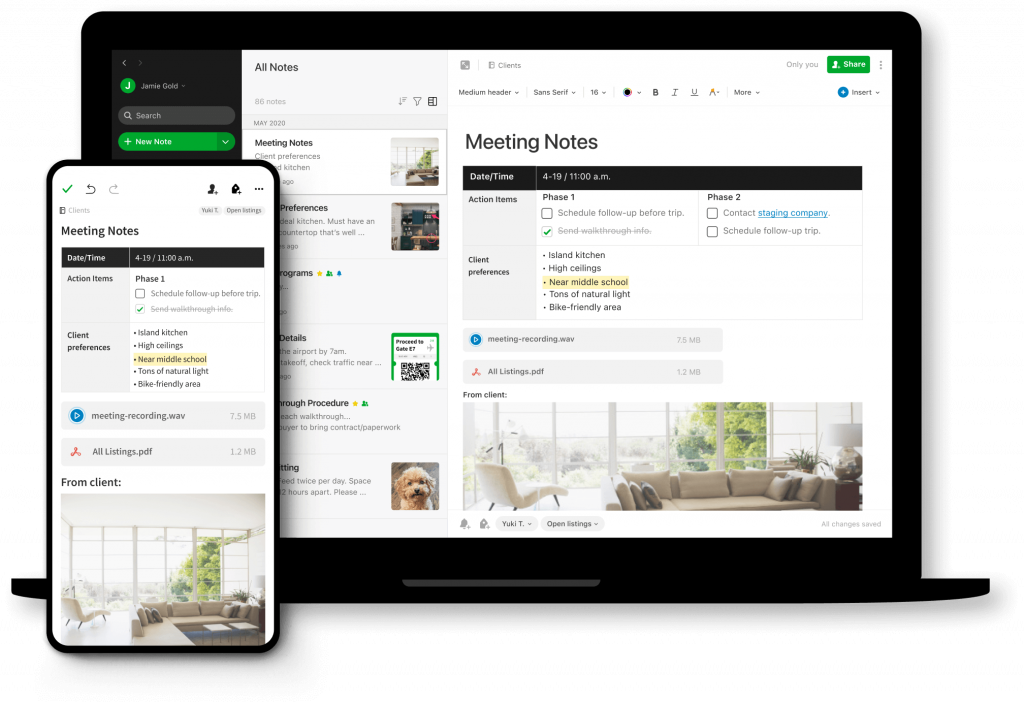
Within this plan could include emergency phone numbers, addresses of friends of yours, locations of gas, safe combinations, locations of various keys at your home, passwords that might be needed, and the like.
You most certainly have to be careful with the amount of information you provide within this document, though.
You don’t want to give a hacker access to everything they need to know about you. But, this is still a good way to communicate advice.
For example, you could very easily include within this written plan where your will is located and where any hidden caches are that your family needs to know about. Just an idea.

Perchance you want your family to have more information at their fingertips than this. You may want to recommend they download the SAS Survival Guide onto their phones.
(I personally detest Lofty’s views on gun ownership, but his survival info is top-notch.)
You can get it for $5.99 as an app, and this way your family will always have a source of life-saving information (provided they still have phone battery).
-
25% off all OAKLEY products - OAKLEY25
Copied! Visit Merchant
Need more book recommendations? We got you, fam. Check out our list of the Best Survival and Prepping Books.
Final Thoughts
When disaster strikes, a family emergency plan will help mitigate its devastation by providing clear instructions and communication to family members.
Obviously, there are more steps that could be added to creating your own family emergency plan.
So, use the above as stepping stones to help you get to where you want to be. If you do that, you’ll be able to build a truly comprehensive and top-notch plan.
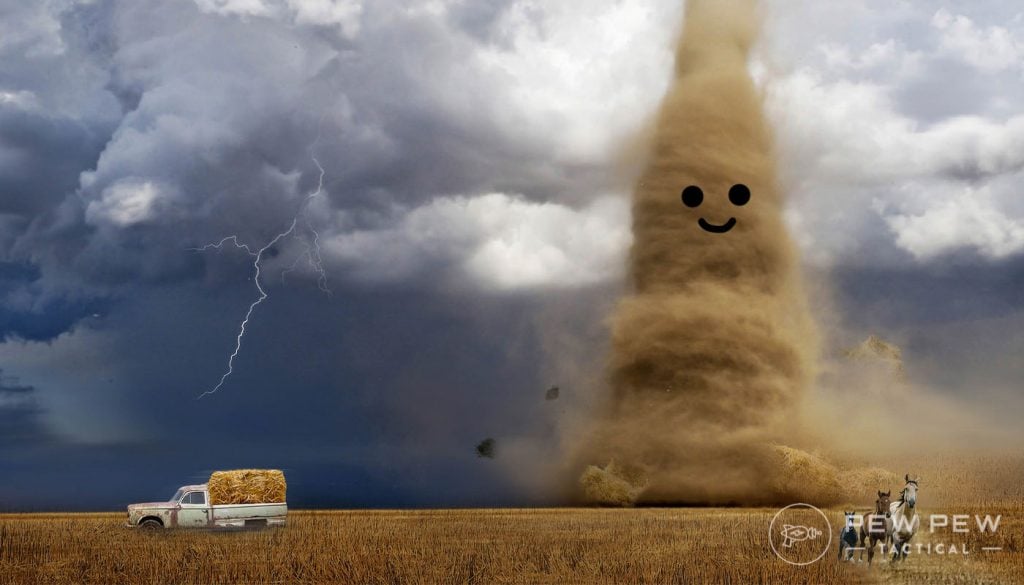
Yes, there is a bit of foresight that’s required to delve into this process. But I think you’ll find that it’s really a lot of fun to dive into. Your family may really enjoy it as well.
Let this be the beginning of the process though, and build from there.
Are there other aspects that you’ve incorporated? Do you have any experience putting your plan into motion? Let us know in the comments below! Still learning to prepare for emergencies? Head over to Prepping 101 to get started!

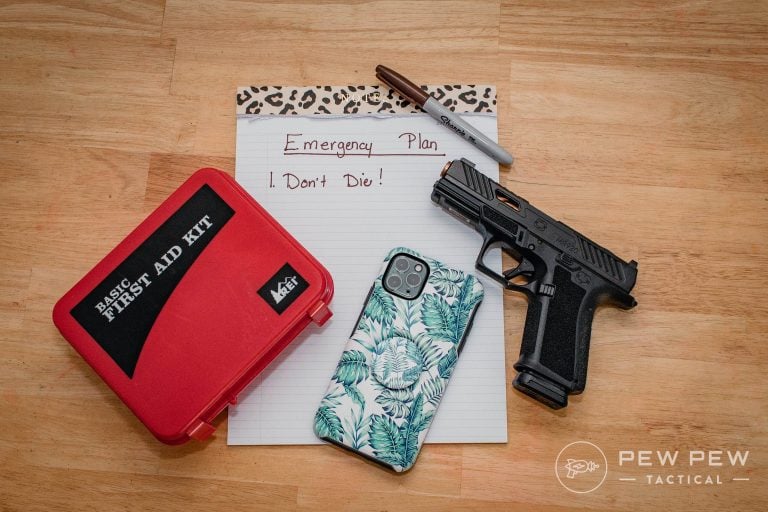









1 Leave a Reply
You can't study local maps enough. My city and county have a vast amount of main and side streets. At a glance, this may seem to provide almost endless "alternate routes". BUT there are many bodies of water (The Venice of the Americas), and not a few developments have 3 or fewer ways in or out. Add to that those which abut a shopping center, airfield, golf course, and you realize there may actually be very few ways to get across or out of one of these cities, especially in an emergency. In studying this way, I have also found MANY routes suitable to pedestrians or small vehicles.
Know how to get through chain link. It's not convenient to carry cutters to cut the link, but it's not so bad to carry the cutters to cut the ties holding it to the posts (often they're softer aluminum).